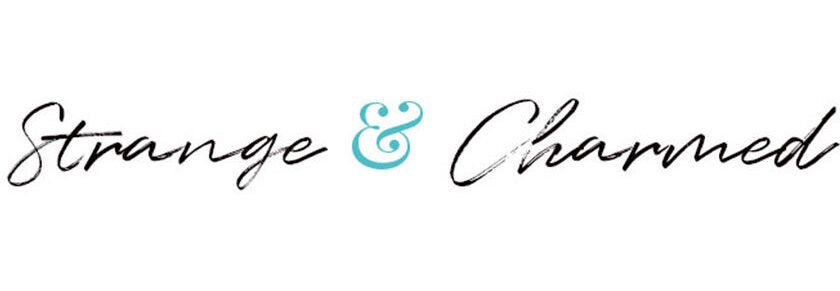I am not sure whether I am a morning person or a night owl. I do tend to have more mental clarity in the mornings, but since I work from home for myself, I normally allow myself to wake up naturally in the morning and never set an alarm unless its completely necessary. However, that tends to mean I sleep in more often than not. Of course, that’s because I normally work later into the evening hours and don’t actually go to sleep until after midnight. But, the other day I had the most productive day ever, and it all took place in the span of 3 hours in the early morning.
A few Fridays ago, I woke up naturally at about 4 am. After tossing and turning for a while trying to get back to sleep, I decided that I should make the most of the situation and go to my office and get some things done, expecting that sleep would return to me after a half hour. Three hours later, I had completed all my writting and design work for the upcoming week, a chunk of work that would normally be broken up over a number of days! I was floored by my early morning productivity and wondered to myself why I wasn’t able to get this much done during normal business hours. This is what I realized:
The morning is a naturally productive time for me
I won’t go as far as to say that the morning is a naturally productive time for everyone, but for me, I do tend to have a lot of clarity and energy in the morning. After waking up naturally from a good nights rest, my mind is just fresher in the morning!
The morning is void of obligations
I loved sitting quietly in my office with a fresh cup of green tea, not having to worry about my husband or my dog. While I worked, the hubster and puppy were fast asleep in bed, and I didn’t have to deal with the normal worry of my family obligations.
The morning is great for deep focus
These three hours were so productive to me not just because I was energized, and not just because I had peace of mind that I had no obligations to worry about, but it was also so productive because I had none of my usual distractions. I wasn’t getting a barrage of text messages, I didn’t have to take calls from my clients, I wasn’t focused on checking my email! I was just able to sit in my office at my desk and deeply focus on my work. I always knew that my daily distractions were taking time away from my productivity, but until now, I hadn’t ever seen how much work I could do with zero distractions. It was eye opening!
So if you are looking to get more done in your day or knock out a project that has been lingering, I highly recommend this one tip of waking up early as a means to jumpstart your productivity. To be honest, I don’t think I will be forcing myself to wake up at 4:30 am everyday to get more work done, however, after seeing how much I was able to do in one morning, I am seriously planning to try this one day a week. One night a week I will get myself to bed early and set an alarm for a few hours earlier than I normally wake, and I will spend that time working on items that will help keep me ahead on my workload. Perhaps it will grow to twice or three times a week, perhaps it will just remain one, but all I know is that it will be worth it for me to keep up this habit and I’m excited to see how many more projects I will be able to take on during the week now thanks to the early morning productivity session that knocks out a good chunk of my workload!
If you give this tip a try, I want to know about it! Leave me a comment down below and let me know if this is something you already do or if it’s something you may want to try! I’d love to hear about your experiences and insights you gleaned from it!

